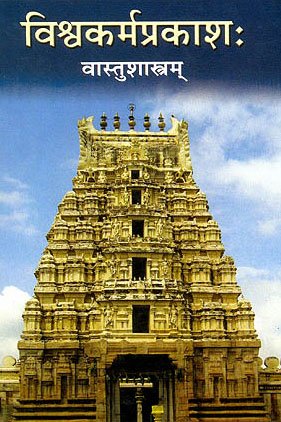Samriddhida, Samṛddhida: 1 definition
Introduction:
Samriddhida means something in Hinduism, Sanskrit. If you want to know the exact meaning, history, etymology or English translation of this term then check out the descriptions on this page. Add your comment or reference to a book if you want to contribute to this summary article.
The Sanskrit term Samṛddhida can be transliterated into English as Samrddhida or Samriddhida, using the IAST transliteration scheme (?).
In Hinduism
Vastushastra (architecture)
Source: Wisdom Library: Vāstu-śāstraSamṛddhida (समृद्धिद, “granting prosperity”) refers to one of the ten effects of vyaya (“loss”), according to the Mānasāra. Vyaya is the second of the āyādiṣaḍvarga, or “six principles” that constitute the “horoscope” of an architectural or iconographic object. Their application is intended to “verify” the measurements of the architectural and iconographic object against the dictates of astrology that lay out the conditions of auspiciousness.
The particular vyaya (e.g., samṛddhida) of all architectural and iconographic objects (settlement, building, image) must be calculated and ascertained. This process is based on the principle of the remainder. An arithmetical formula to be used in each case is stipulated, which engages one of the basic dimensions of the object (breadth, length, or perimeter/circumference). Like in the case of the fruits of āya, all ten effects of vyaya must be considered as auspicious.

Vastushastra (वास्तुशास्त्र, vāstuśāstra) refers to the ancient Indian science (shastra) of architecture (vastu), dealing with topics such architecture, sculpture, town-building, fort building and various other constructions. Vastu also deals with the philosophy of the architectural relation with the cosmic universe.
See also (Relevant definitions)
Ends with: Vijayashrisamriddhida.
Full-text: Vyaya.
Relevant text
No search results for Samriddhida, Samṛddhida, Samrddhida; (plurals include: Samriddhidas, Samṛddhidas, Samrddhidas) in any book or story.